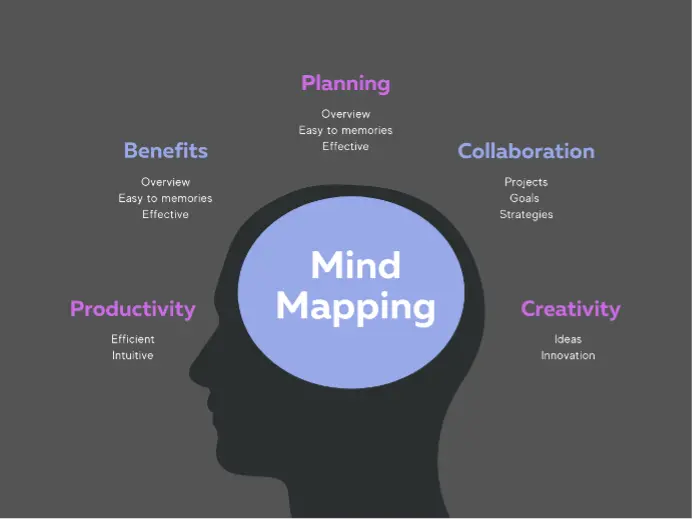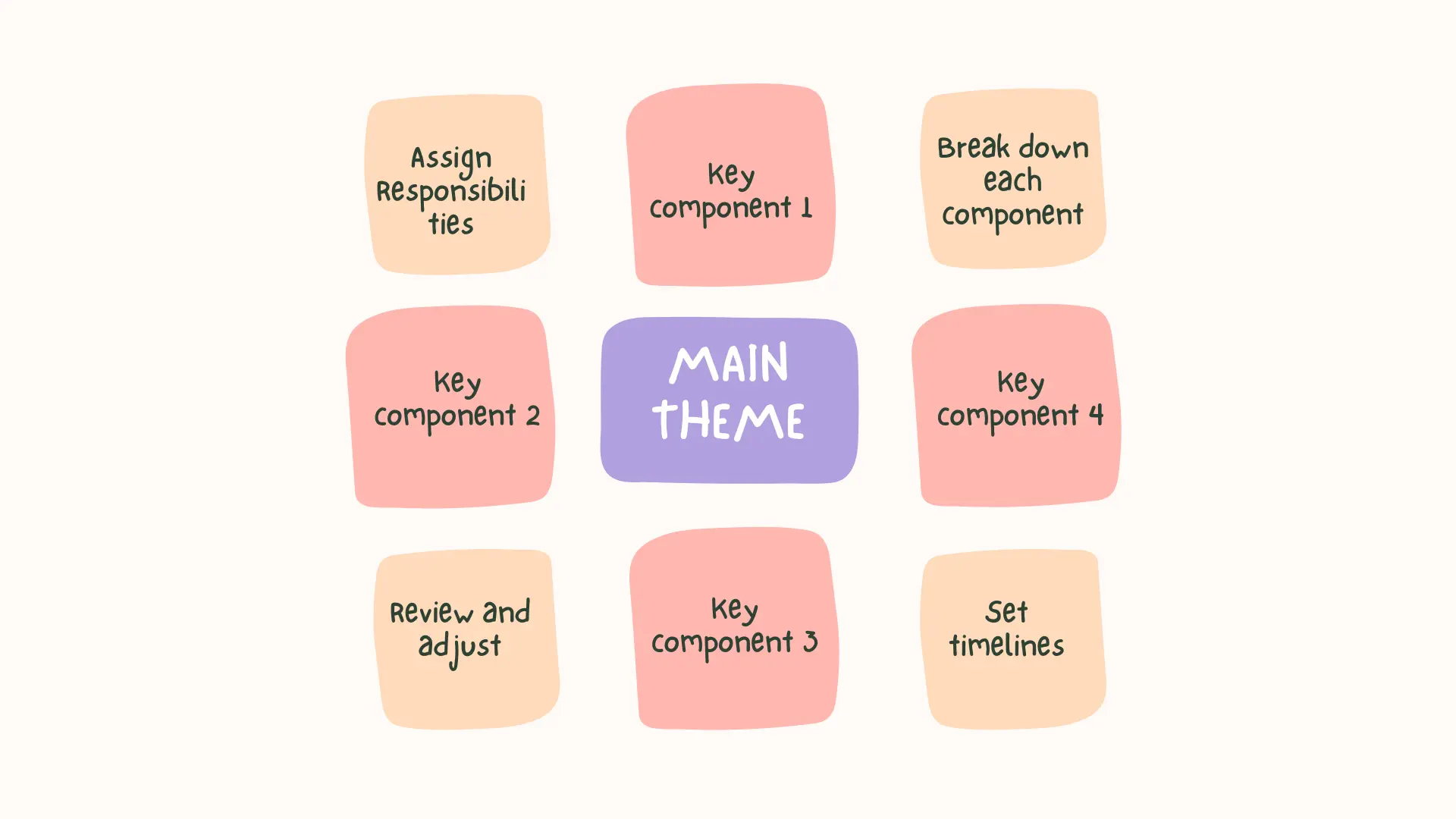Introduction
Choosing the right project planning tool is crucial for the success of any project. Among the many tools available, Mindmaps and Gantt Charts are two of the most popular options. Each tool offers unique features and benefits, and understanding their differences can significantly impact how effectively you plan and manage your projects. This comprehensive guide will explore the functionalities, strengths, and weaknesses of both Mindmaps and Gantt Charts, providing you with the insights needed to make an informed decision that aligns with your project’s specific needs.
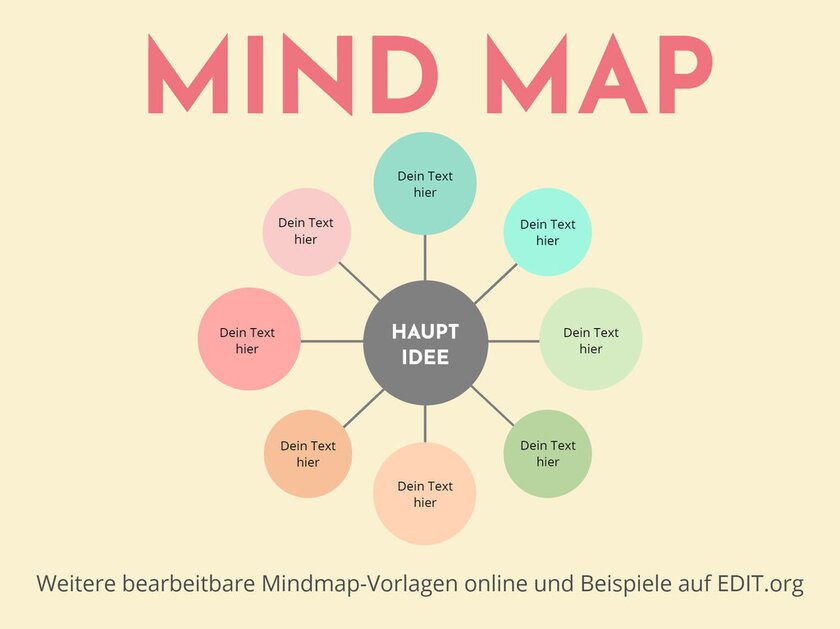 Image from: edit.org
Image from: edit.org
A Mindmap is a visual tool that organizes information around a central concept, with branches extending to related ideas. It’s ideal for brainstorming, planning, and simplifying complex information. Commonly used in education and business, Mindmaps enhance creative thinking and problem-solving.
Mindmaps provide a clear visualization of connections between tasks and ideas, aiding in the understanding of complex information. They are highly flexible, allowing easy adjustments as projects evolve, and their non-linear structure encourages creative thinking.
For larger or more complex projects, mind maps can become cluttered and hard to manage. Additionally, they lack time management features, making detailed scheduling or progress tracking challenging.
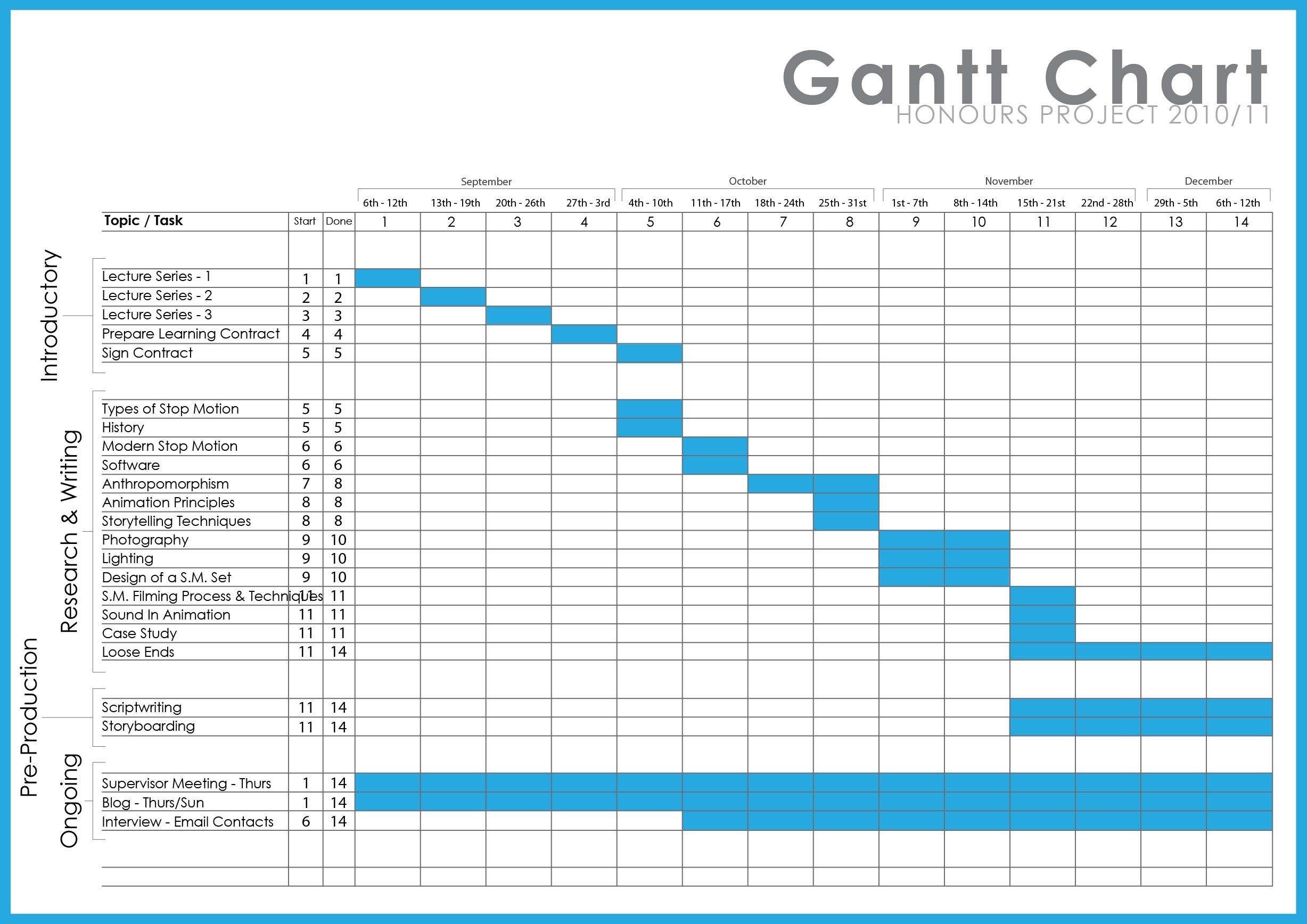 Image from: mechanicalsympathy.wordpress
Image from: mechanicalsympathy.wordpress
A Gantt Chart is a type of bar chart used to illustrate a project schedule. It displays tasks along a timeline, showing their start and end dates, durations, and dependencies. Gantt Charts are widely used in project management to keep track of progress, manage timelines, and coordinate tasks among team members. They provide a detailed overview of the project’s schedule and are particularly effective for ensuring that tasks are completed on time.
Advantages of Gantt Charts
- Time Management: Gantt Charts provide a comprehensive view of task timelines and dependencies, which helps in effective scheduling and resource allocation. This detailed scheduling capability is crucial for maintaining control over project deadlines and ensuring that all tasks are completed within the planned timeframe.
- Progress Tracking: They facilitate tracking of both individual task progress and the overall project status. By visualizing the progress against the planned schedule, Gantt Charts help in identifying delays early and making necessary adjustments to stay on track.
- Coordination: Gantt Charts are particularly useful for coordinating tasks among team members. They provide clarity on task deadlines and dependencies, helping ensure that everyone is aware of their responsibilities and the project’s schedule.
Disadvantages of Gantt Charts
- Complexity: The level of detail provided by Gantt Charts can become overwhelming, especially for smaller projects or those with few tasks. For simpler projects, the complexity of Gantt Charts might be excessive and less practical.
- Limited Flexibility: Gantt Charts offer less flexibility compared to Mindmaps when it comes to adjusting project details. Changes to the project plan can require extensive updates to the Gantt Chart, which can be time-consuming and cumbersome.
When choosing between Mindmaps and Gantt Charts, it is important to consider several factors:
- Project Size and Complexity: For large and complex projects with multiple tasks and dependencies, Gantt Charts are more suitable. They provide detailed scheduling and tracking, which is essential for managing complex projects. Mindmaps are better suited for smaller projects or the initial planning phase, where a more flexible and creative approach is beneficial.
- Project Needs: If your project requires detailed timelines, precise task tracking, and coordination among team members, Gantt Charts are the preferred choice. They offer a comprehensive view of task deadlines and dependencies. For projects focusing on brainstorming, idea organization, and flexible planning, Mindmaps are more effective.
- Team Collaboration: Gantt Charts excel in environments where team coordination and progress tracking are critical. They help ensure that all team members are aligned with the project’s schedule and dependencies. Mindmaps, while useful for individual planning, can also be employed collaboratively for initial idea generation and organization. However, they may not provide the same level of detail for task management as Gantt Charts.
| Criteria | Gantt Charts | Mindmaps |
|---|
| Project Size and | | |
| Complexity | Best for large, complex projects with | |
| multiple tasks and dependencies. | Better suited for smaller projects or the | |
| initial planning phase where flexibility is needed. | | |
| Project Needs | Ideal for detailed timelines, precise task tracking, and team | |
| coordination. | Effective for brainstorming, idea organization, and flexible planning. | |
| Team Collaboration | Excellent for team coordination, ensuring members are aligned with the | |
| schedule and dependencies. | Useful for individual planning and initial idea generation, but lacks the | |
| detailed task management of Gantt charts. | | |
Practical Applications
Mindmaps
Idea Brainstorming: Use mindmaps in the initial project phase to gather and capture all ideas and inspiration in a visual format.
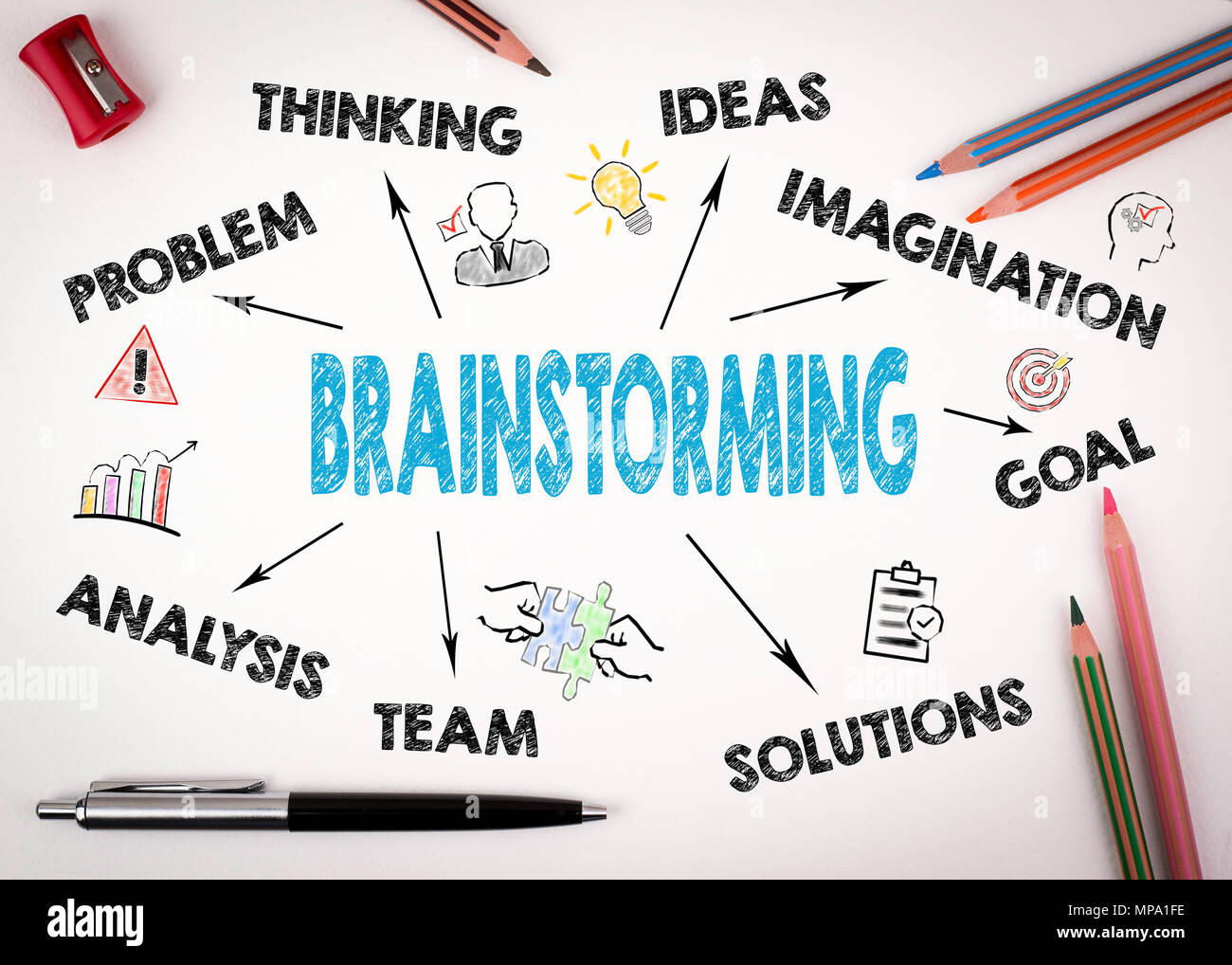 Image from: Alamy
Image from: Alamy
Goal Outlining: Clearly define the main goals and objectives of the project, helping the team understand the core direction.
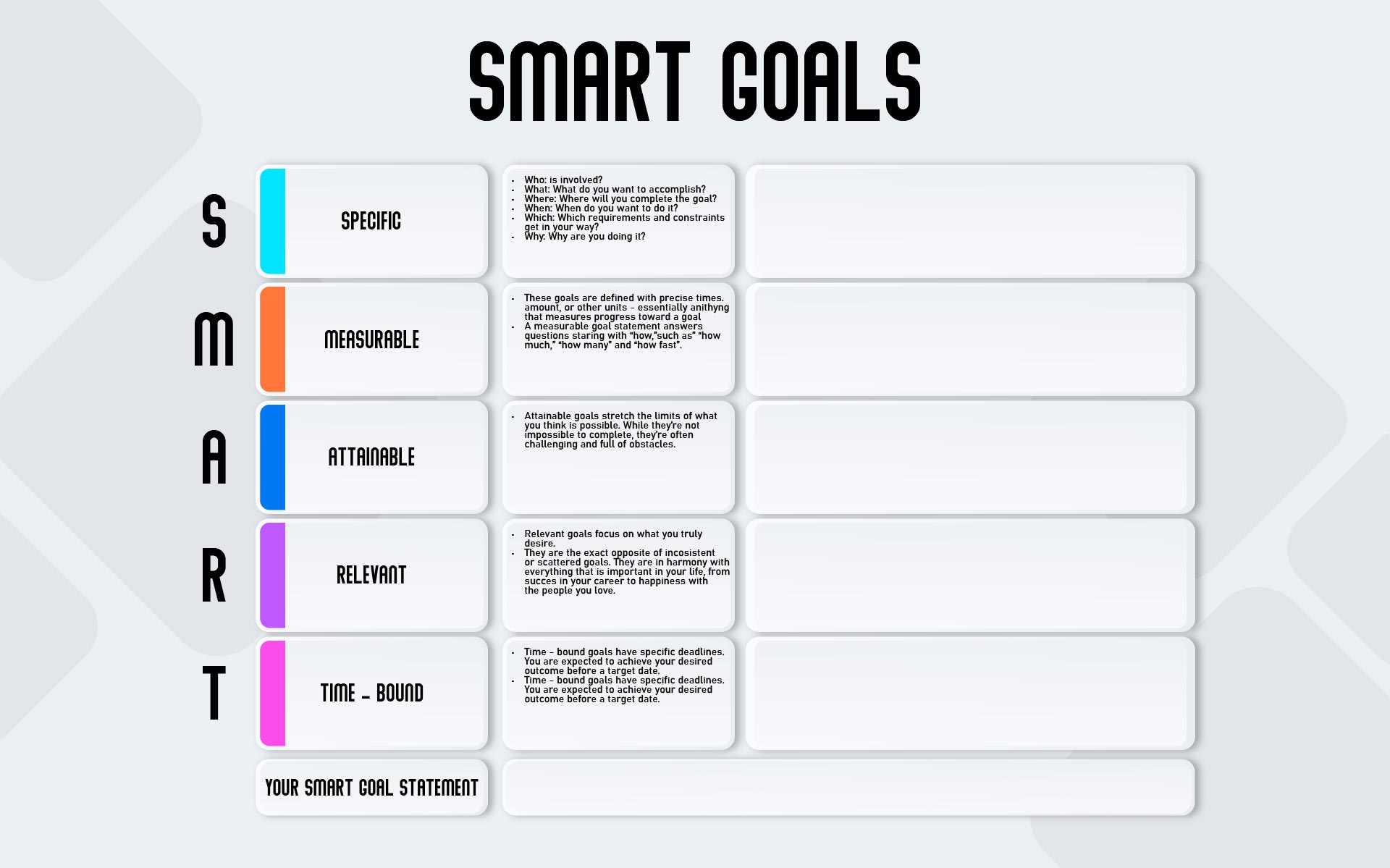 Image from: templates.rjuuc.edu.np
Image from: templates.rjuuc.edu.np
Task Organization: Categorize tasks by priority and relationship to plan the sequence and division of work more effectively.
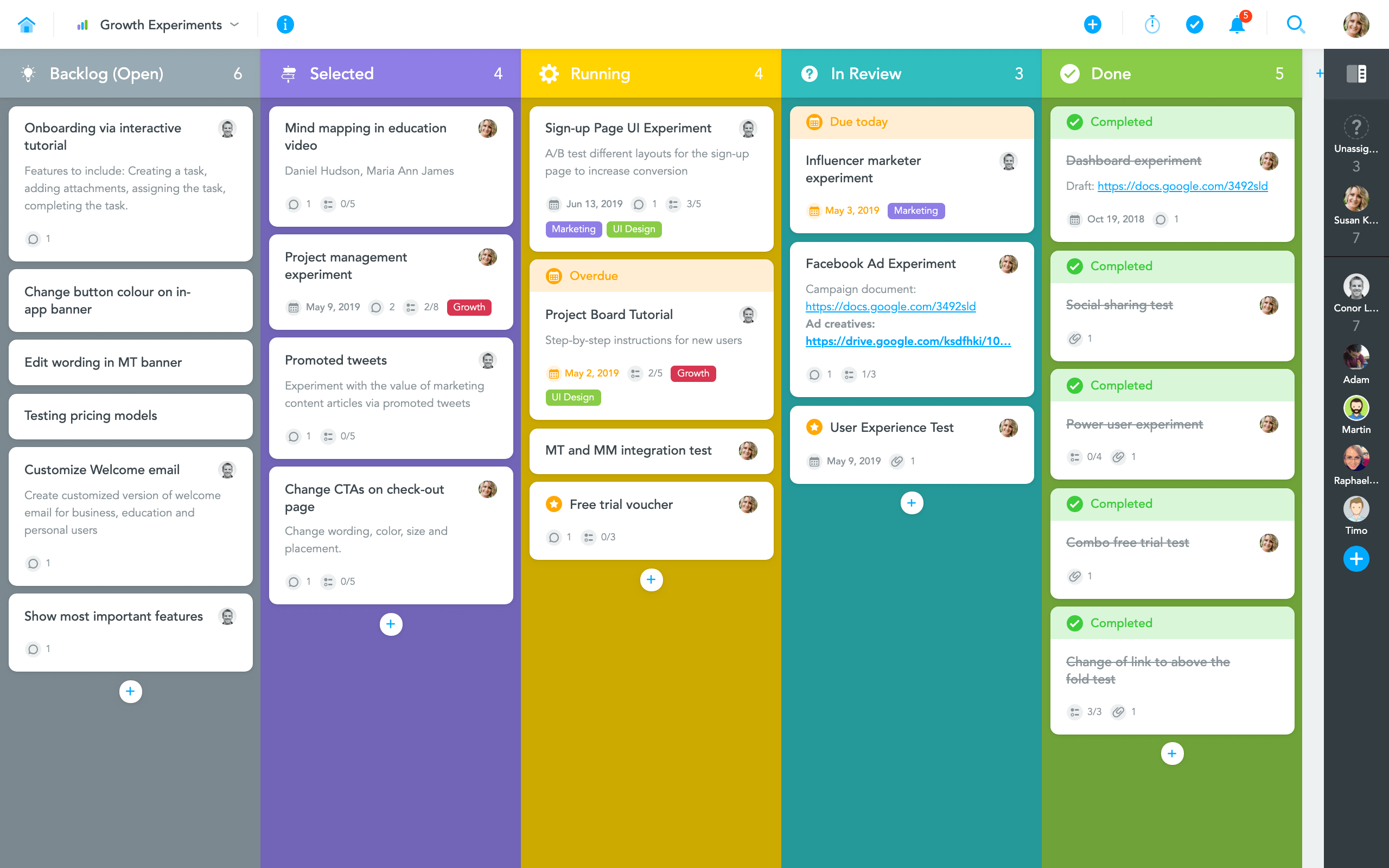 Image from: TimeCamp
Image from: TimeCamp
Project Structure Visualization: Visualize the entire structure and interconnections of project components to identify potential issues and bottlenecks.
 Image from: cashier.mijndomein.nl
Image from: cashier.mijndomein.nl
Creative Problem-Solving: Mindmaps encourage creative solutions, allowing the team to break out of linear thinking and discover unexpected strategies.
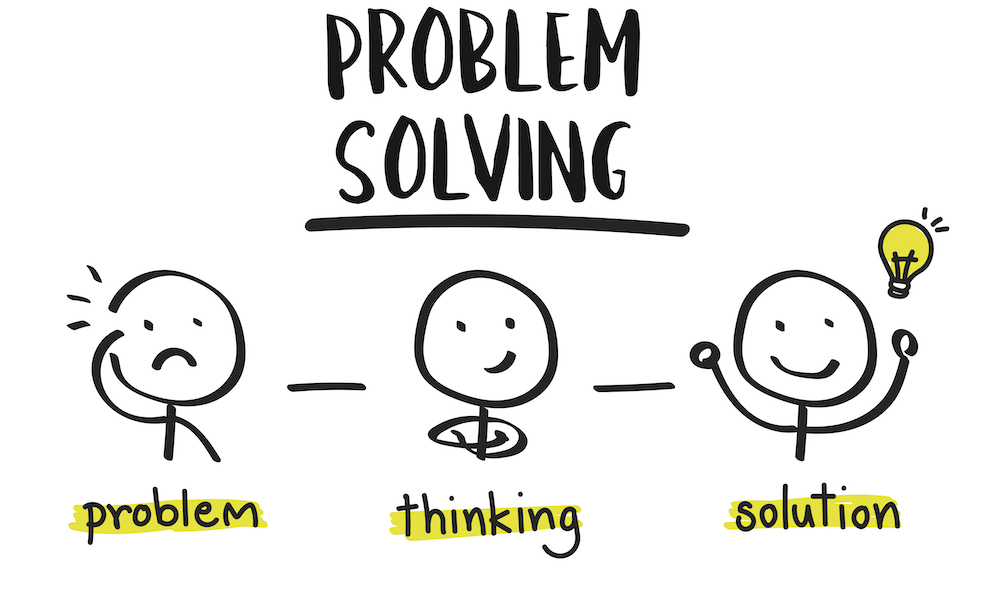 Image from: innovationtraining.org
Image from: innovationtraining.org
Gantt Charts
Timeline Management: Gantt charts help plan the project schedule, showing start and end times for each task clearly.
 Image from: venngage.com
Image from: venngage.com
Task Dependency Tracking: Identify dependencies between tasks to ensure correct sequencing, avoiding delays caused by misordering tasks.
 Image from: ganttexcel.com
Image from: ganttexcel.com
Progress Monitoring: Track task progress in real-time, adjust if necessary to keep the project on schedule.
 Image from: officetooltips.com
Image from: officetooltips.com
Team Responsibility Allocation: Assign specific tasks to team members with set deadlines, promoting clear division of labor and accountability.
 Image from: old.sermitsiaq.ag
Image from: old.sermitsiaq.ag
Milestone Identification: Highlight key project milestones, ensuring that critical stages are completed on time, building a foundation for overall project success.
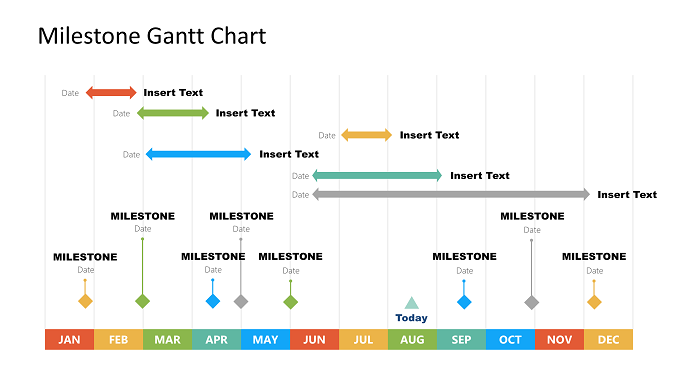 Image from: mungfali.com
Image from: mungfali.com
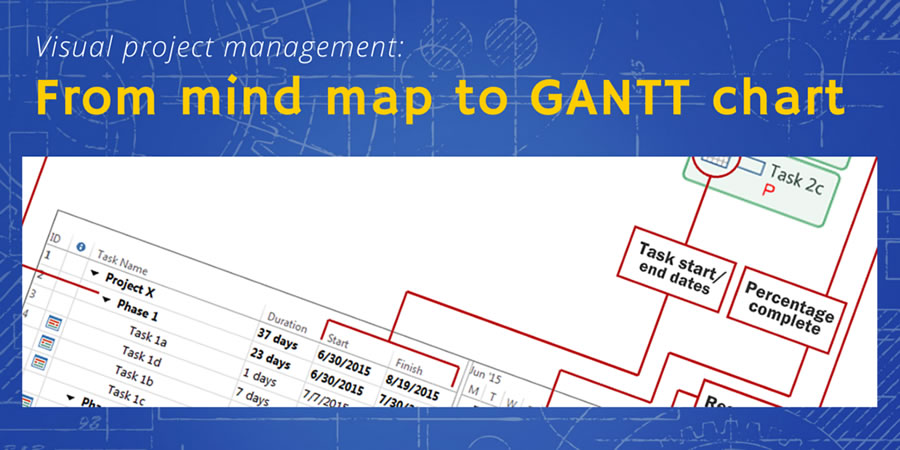 Image from: mindmappingsoftwareblog
Image from: mindmappingsoftwareblog
Conclusion
Both Mindmaps and Gantt Charts offer valuable features for project planning, but their effectiveness depends on the specific needs and nature of your project. Mindmaps provide a flexible and creative way to organize and visualize information, while Gantt Charts offer detailed scheduling and progress tracking. By understanding the strengths and limitations of each tool, you can select the one that best fits your project goals and management style. The right choice will enhance your project planning process and increase the likelihood of achieving your project objectives successfully.
A Mindmap is a visual tool that organizes information around a central concept, with branches extending to related ideas. It’s ideal for brainstorming, planning, and simplifying complex information. Commonly used in education and business, Mindmaps enhance creative thinking and problem-solving.



 Image from: edit.org
Image from: edit.org Image from: mechanicalsympathy.wordpress
Image from: mechanicalsympathy.wordpress Image from: templates.rjuuc.edu.np
Image from: templates.rjuuc.edu.np Image from: TimeCamp
Image from: TimeCamp Image from: innovationtraining.org
Image from: innovationtraining.org Image from: venngage.com
Image from: venngage.com Image from: ganttexcel.com
Image from: ganttexcel.com Image from: officetooltips.com
Image from: officetooltips.com Image from: old.sermitsiaq.ag
Image from: old.sermitsiaq.ag Image from: mungfali.com
Image from: mungfali.com Image from: mindmappingsoftwareblog
Image from: mindmappingsoftwareblog